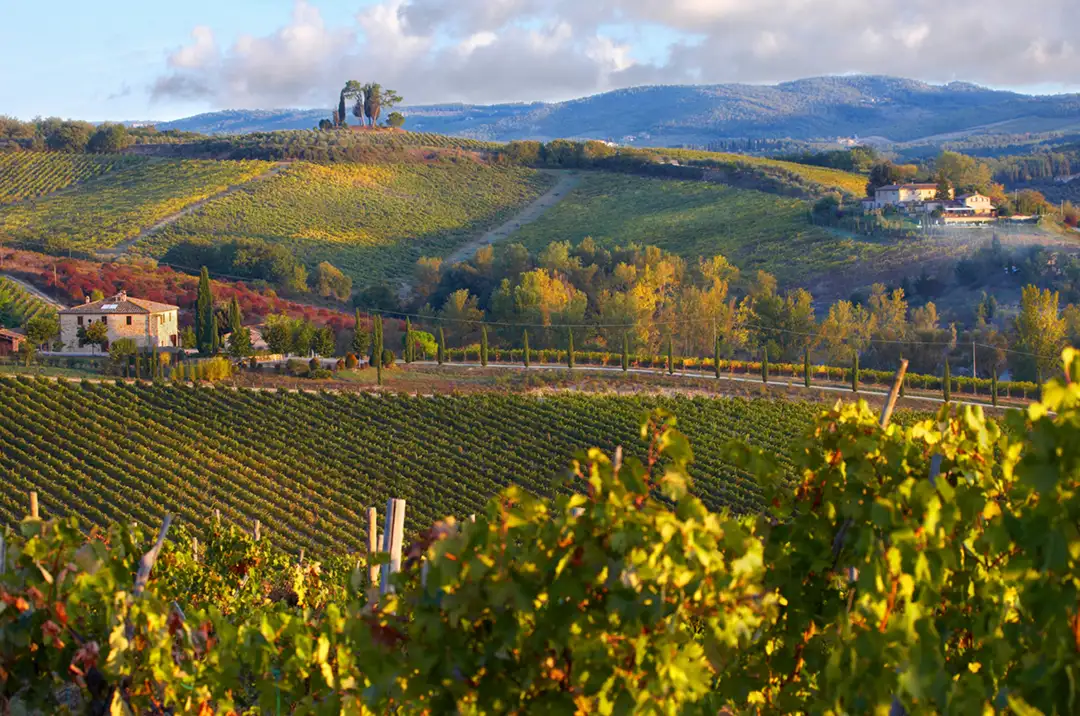Tuscan Wines: From Classics to Rare Labels
When you plan a trip to another country, experiencing new flavors is part of immersing yourself in the local culture. And in Italy, one of those flavors is wine. Especially in Tuscany, which boasts privileged nature. That is, majestic cypresses, valleys surrounding vineyards, a moderately warm climate, and even altitude lend special characteristics to Tuscan wines.
Additionally, the right amount of light combined with warmth favors the gradual and spontaneous ripening of grapes. On the other hand, two different types of soil give Tuscan wines unique characteristics, ensuring the development of the different grape varieties, which are the basis for wine production. These are Galestro and Alberese.
Grapes used in Tuscan Wines
Sangiovese
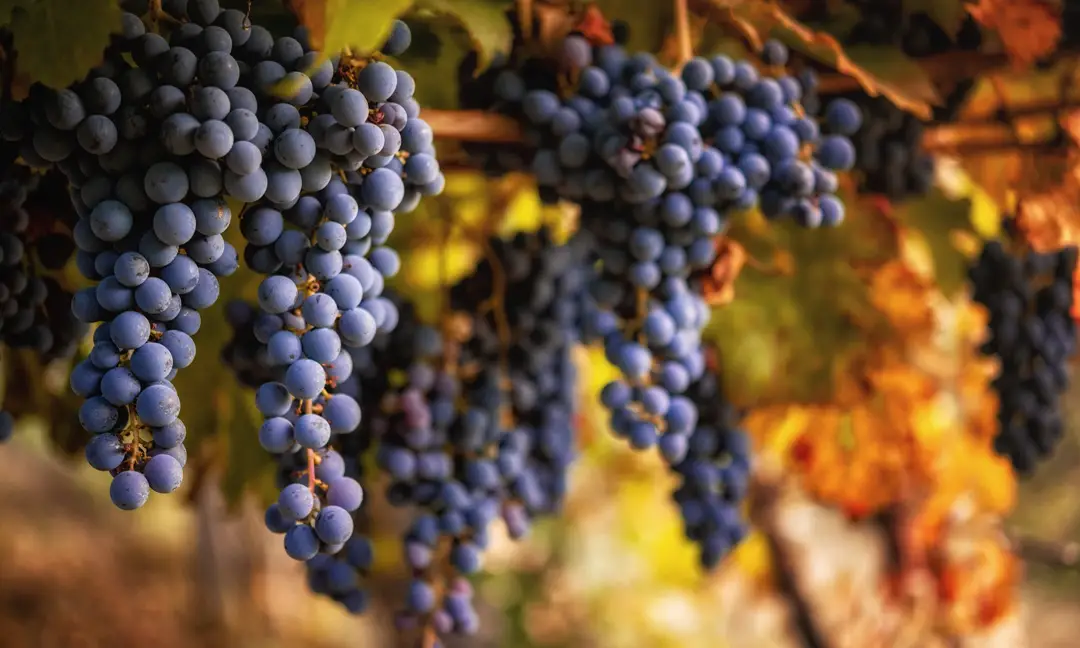 Viticulturists cultivate various grape varieties in this region, such as the international reds Cabernet Sauvignon and Merlot, as well as Trebbiano and Vernaccia, native white grapes. But the protagonist is Sangiovese.
Viticulturists cultivate various grape varieties in this region, such as the international reds Cabernet Sauvignon and Merlot, as well as Trebbiano and Vernaccia, native white grapes. But the protagonist is Sangiovese.
An essential ingredient in producing one of the most celebrated Tuscan wines, Sangiovese is a true star. So much so that it is responsible for labels in the Chianti, Montalcino, and Montepulciano regions. Additionally, the aromas of these wines generally recall red cherries and dried herbs, while delivering high levels of acidity and tannins. A derivative of this grape is Sangiovese Grosso, which has a thicker skin, resulting in fuller-bodied wines.
Cabernet Sauvignon
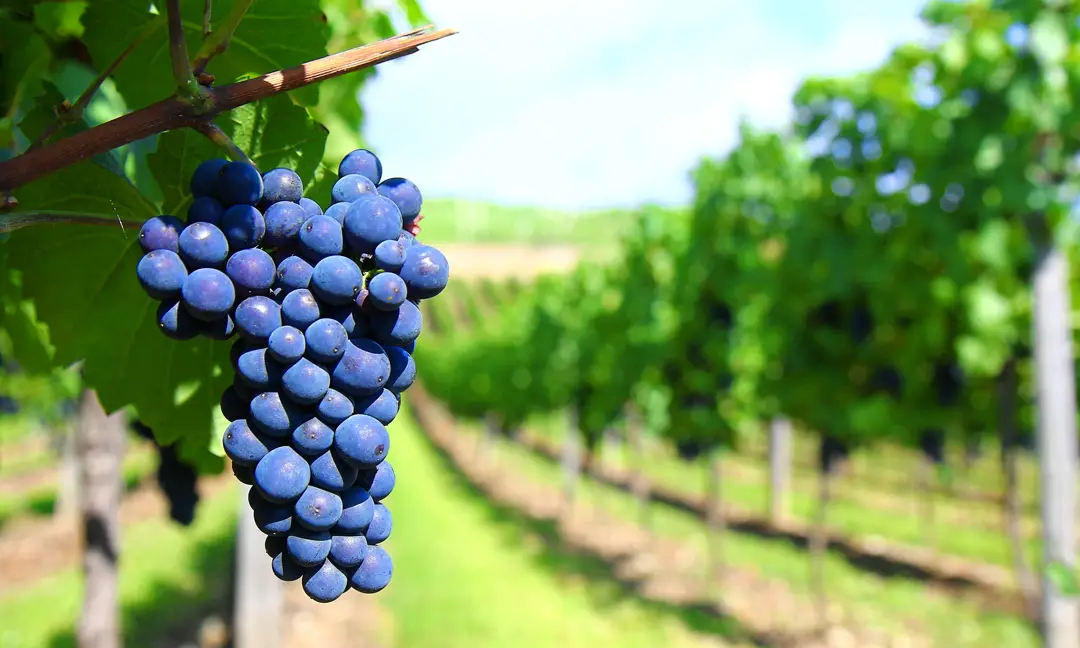
Commonly found in Super Tuscans, this grape, of French origin, brings tannins and longevity, enhancing the wine with black fruit aromas. Thus, winemakers usually use Sangiovese to adapt the labels to a more international palate.
Merlot
 Moderate acidity, medium body, and aromas reminiscent of chocolate and plum. That is Merlot, which brings softness to the wine when blended with Sangiovese. Additionally, it has moderate tannin levels.
Moderate acidity, medium body, and aromas reminiscent of chocolate and plum. That is Merlot, which brings softness to the wine when blended with Sangiovese. Additionally, it has moderate tannin levels.
Trebbiano Toscano
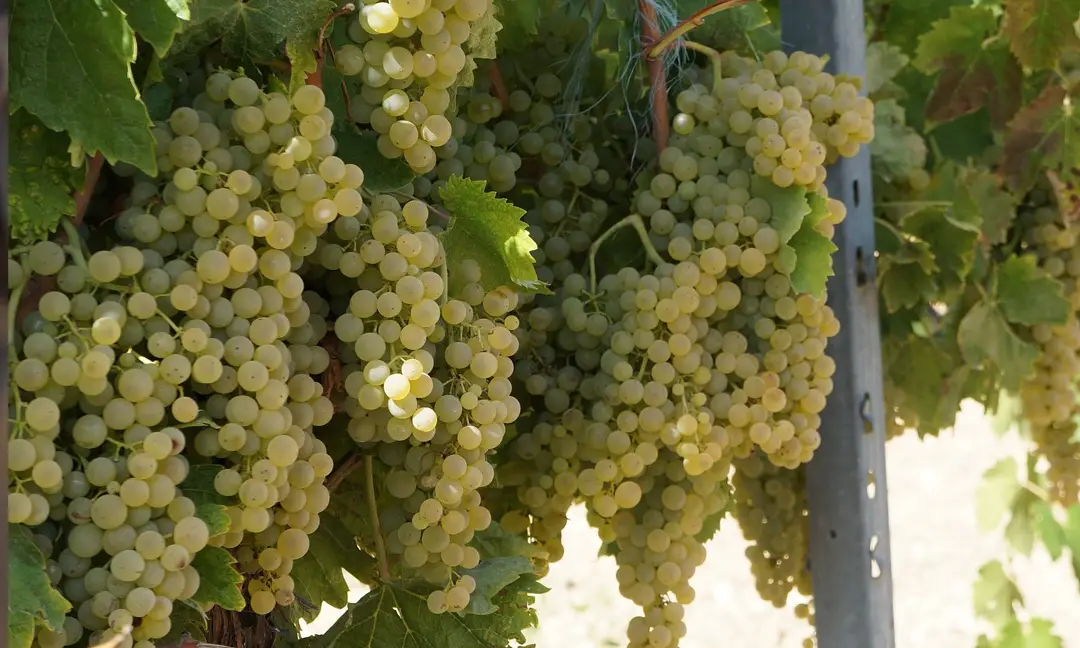
Now we are talking about white grapes. In Italy, there are several that share the same characteristics. Therefore, they are known as the Trebbiano family. In other words, Tuscan wines made from this variety tend to be light, fresh, and with delicate aromas of pear and green apple.
Vernaccia

Still in white wines, Vernaccia originates from the city of Siena, resulting in wines with freshness, citrus notes, and sometimes floral tones, along with an almond touch at the finish. In other words, a delight in every sense.
Three Tuscan Wines You Must Try
Brunello di Montalcino
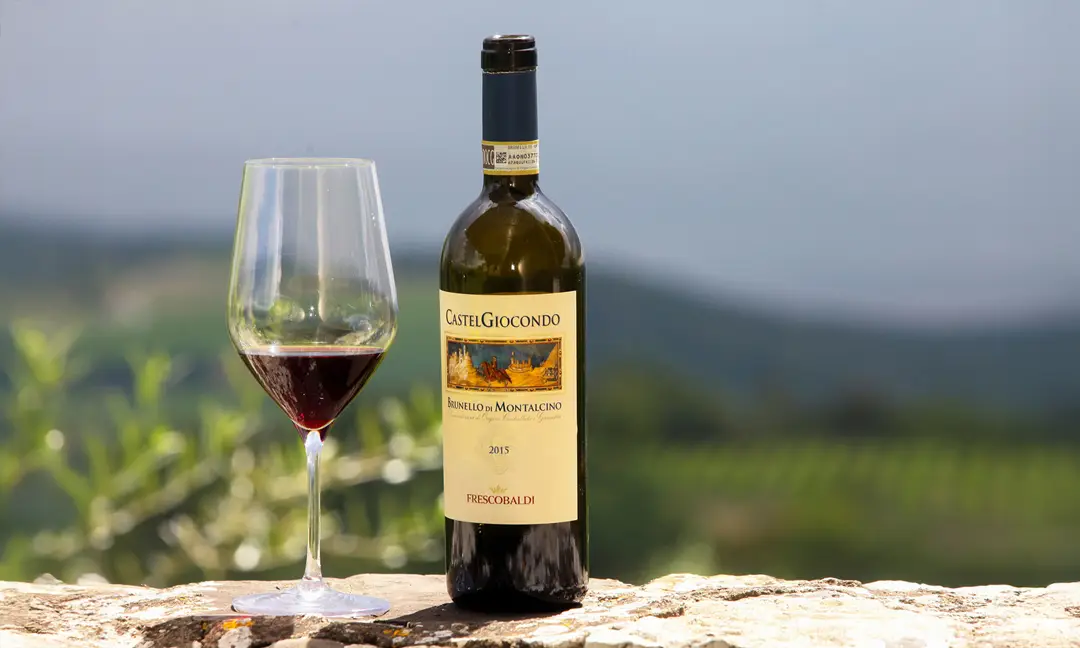 Classified as DOCG, the highest wine certification in Italy, this wine uses Sangiovese Grosso, also known as Brunello, as its base. Therefore, the surname Grosso, so to speak, is due to its thicker skin than the Sangiovese grown in Chianti, made possible by the warmer southern climate.
Classified as DOCG, the highest wine certification in Italy, this wine uses Sangiovese Grosso, also known as Brunello, as its base. Therefore, the surname Grosso, so to speak, is due to its thicker skin than the Sangiovese grown in Chianti, made possible by the warmer southern climate.
The combination of climate with the grape variety cultivated in Montalcino results in more potent and full-bodied wines. For this, local law requires producers to use 100% Sangiovese Grosso and mandates a minimum aging period of five years, two of which must be in oak barrels. However, if the winery wants the label to be classified as Riserva, the wines must be aged for at least six years.
Thus, tasting Brunello di Montalcino and Brunello di Montalcino Riserva is an exclusive experience that should definitely be on your itinerary. Not only because they are among Tuscany’s most iconic wines but also because they are among Italy’s finest wines.
Chianti
 Also bearing the DOCG seal, this wine is poetry for those who taste it. All because its concentrated fruit notes offer a balance between acidity and sweetness. For this, a minimum percentage of 80% Sangiovese is required, while the remaining 20% can be from local grapes such as Canaiolo, Colorino, Cabernet Sauvignon, and Merlot (red grapes), along with two varieties of white grapes: Malvasia and Trebbiano.
Also bearing the DOCG seal, this wine is poetry for those who taste it. All because its concentrated fruit notes offer a balance between acidity and sweetness. For this, a minimum percentage of 80% Sangiovese is required, while the remaining 20% can be from local grapes such as Canaiolo, Colorino, Cabernet Sauvignon, and Merlot (red grapes), along with two varieties of white grapes: Malvasia and Trebbiano.
On one hand, presenting a ruby-red color, young Chianti exudes a fruity perfume, tending to be dry, with balanced tannins and moderate alcohol content. On the other hand, Chianti Superiore or Riserva is more full-bodied and complex, boasting an intense, aged sweet fragrance, with a dry flavor, pronounced tannins, and higher alcohol content.
Nobile di Montepulciano
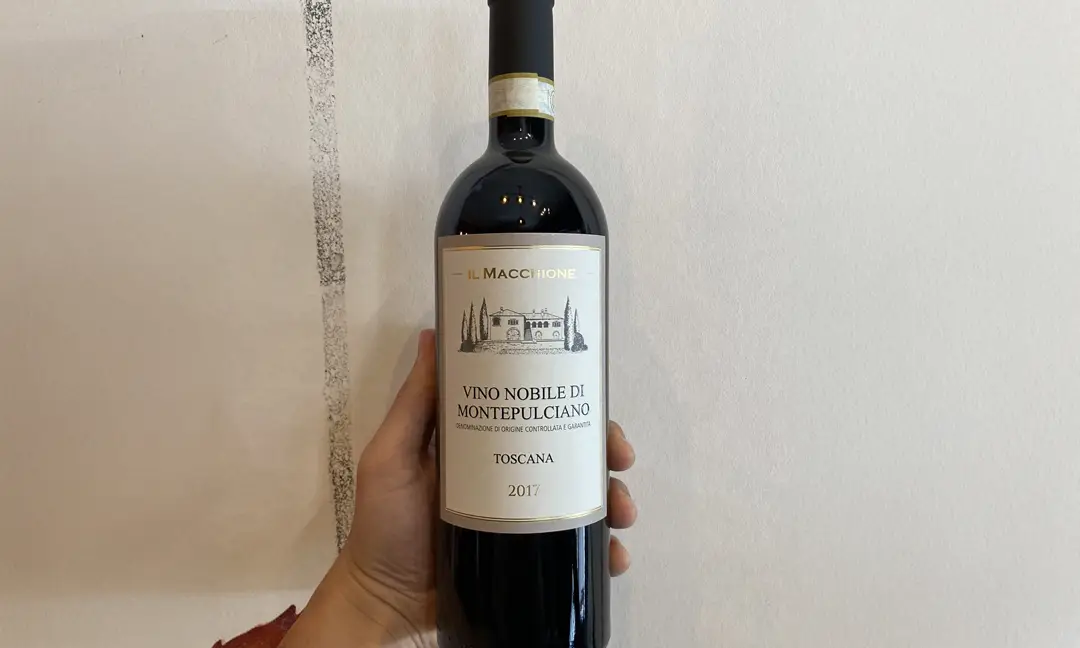 Once again, Sangiovese is the star grape in producing this wine, which also carries the DOCG label. In contrast to Brunello di Montalcino, this wine can be made from a blend of grapes, following a sophisticated mix that gives the wine unique traits. In other words, a complete delight for the palate. However, the winemaker may opt for a wine made with 100% Sangiovese.
Once again, Sangiovese is the star grape in producing this wine, which also carries the DOCG label. In contrast to Brunello di Montalcino, this wine can be made from a blend of grapes, following a sophisticated mix that gives the wine unique traits. In other words, a complete delight for the palate. However, the winemaker may opt for a wine made with 100% Sangiovese.
Despite being one of Tuscany’s most emblematic wines, it is sometimes less recognized than other labels—Chianti, Brunello, or Super Tuscans—yet it was Italy’s first DOCG wine, receiving Denominazione di Origine Controllata e Garantita – DOCG status in 1980.
With structure and complexity worthy of a great wine, its consistency is excellent. The intense and brilliant ruby-red color stands out. On the palate, plum and black cherry are the primary fruit notes detectable at first, followed by blueberry, raspberry, and blackberry, with floral notes like violet and sometimes even rose.
Two Exclusive Tuscan Wines
Masseto
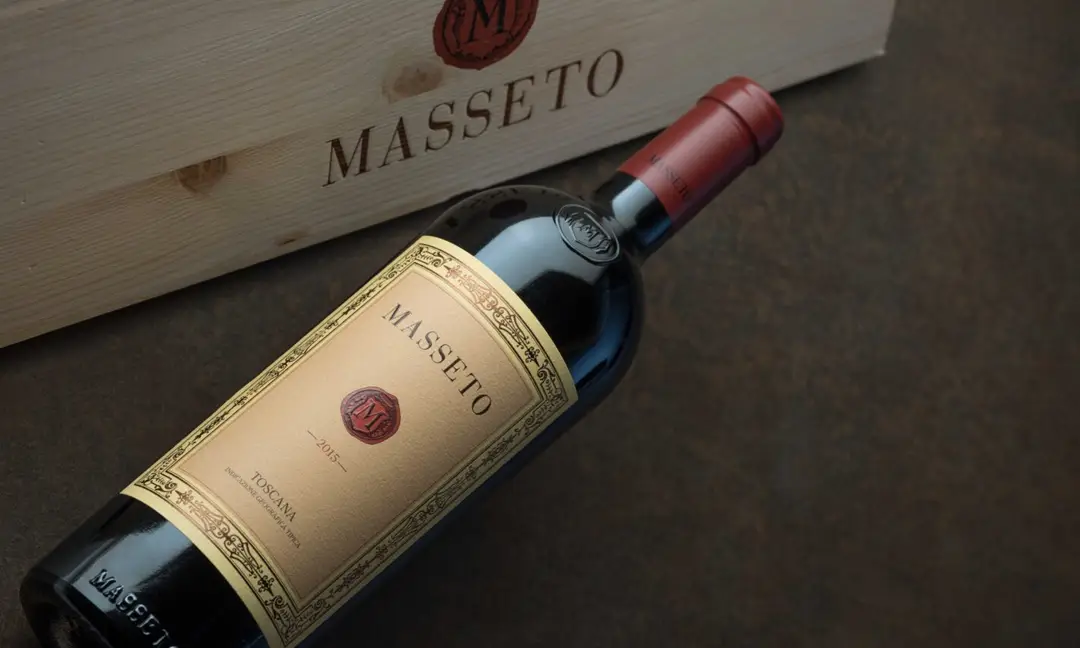 Simply, or perhaps not so simply, one of the best wines in the world. Winemakers craft Masseto from Merlot grapes, creating a limited-edition, high-quality label. Recognized for its depth and complexity, it features intense dark fruit aromas, such as plums and cherries. Furthermore, notes of spices, chocolate, and herbs are also present. Finally, velvety tannins caress the tongue, leading to a long and sophisticated finish.
Simply, or perhaps not so simply, one of the best wines in the world. Winemakers craft Masseto from Merlot grapes, creating a limited-edition, high-quality label. Recognized for its depth and complexity, it features intense dark fruit aromas, such as plums and cherries. Furthermore, notes of spices, chocolate, and herbs are also present. Finally, velvety tannins caress the tongue, leading to a long and sophisticated finish.
All due to a combination of terroir, climate, and specific winemaking techniques. In short, an exceptional product that captivates premium wine lovers.
Bibi Graetz Testamatta
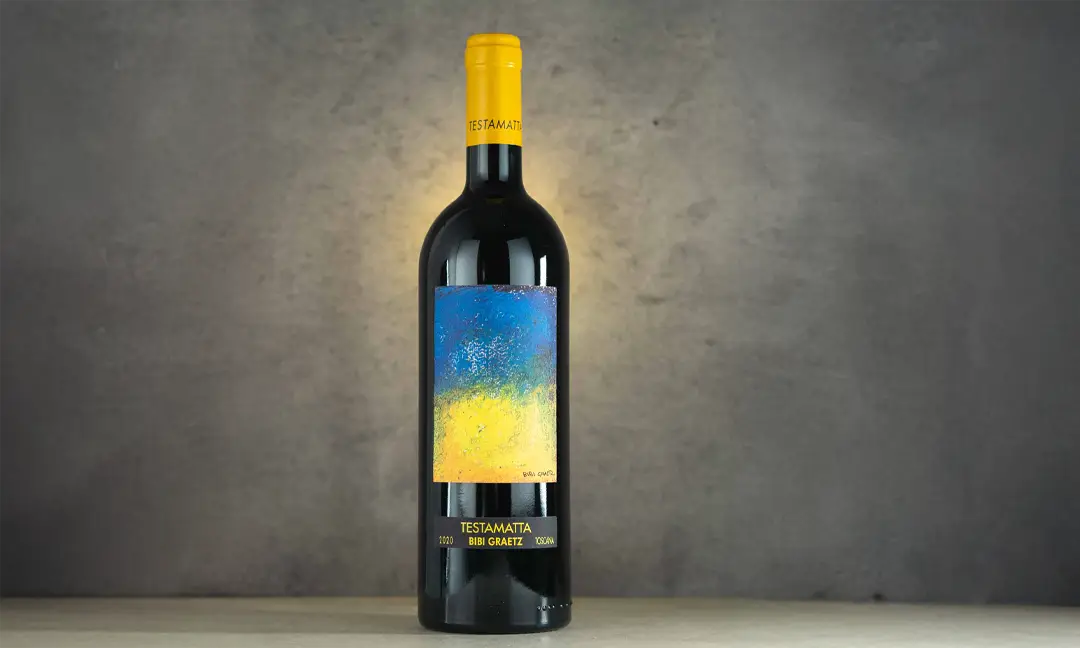 In a picturesque winery south of Florence, Bibi Graetz produces wines of remarkable purity. Among them is “Testamatta,” which means “Crazy Head” or “Hot Head,” reflecting its creator’s bold and creative personality. The wine conveys the minerality of the stony soils in the region, with the purity and transparency of old-vine Sangiovese.
In a picturesque winery south of Florence, Bibi Graetz produces wines of remarkable purity. Among them is “Testamatta,” which means “Crazy Head” or “Hot Head,” reflecting its creator’s bold and creative personality. The wine conveys the minerality of the stony soils in the region, with the purity and transparency of old-vine Sangiovese.
Additionally, due to the fruit’s freshness, the maturation process is slow and enhanced by the vineyard’s altitude. The intense ruby-red color with violet reflections delivers aromas marked by ripe red fruits like cherries and raspberries, floral notes of violet, and spices such as black pepper and cloves, with mineral and toasted touches. In summary: a world in a glass.
Embark on a Sensory Journey in Tuscany
Tasting iconic wines in Tuscany is a fantastic experience. But imagine, beyond that, combining this with a dinner at a Michelin-starred restaurant, a gourmet picnic among vineyards, or even a private cooking class to learn the secrets of fresh Italian pasta. That would be fantastic, of course.
Now imagine experiencing all of this with every detail carefully planned to make your trip unique and tailor-made. Even better, right?
Contact Cieli di Toscana and discover art, culture, and gastronomy along Tuscany’s scenic roads. Enjoy romantic dinners, food tours, exclusive visits to award-winning wineries, and other unique activities. Our team of specialists turns wishes into inspiring moments.
 English
English
 Português
Português 